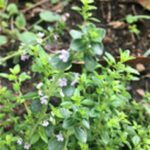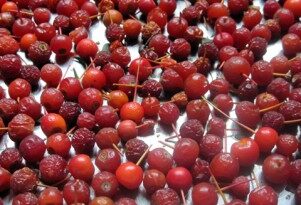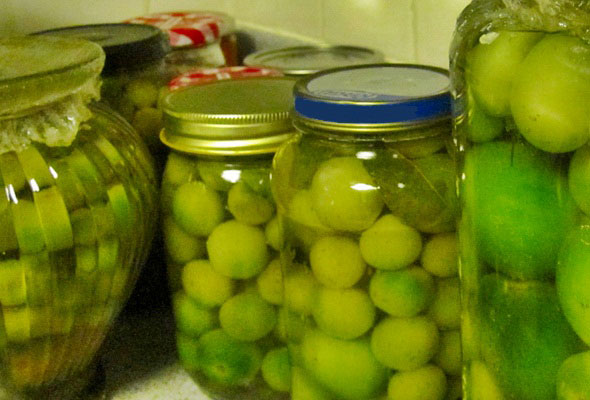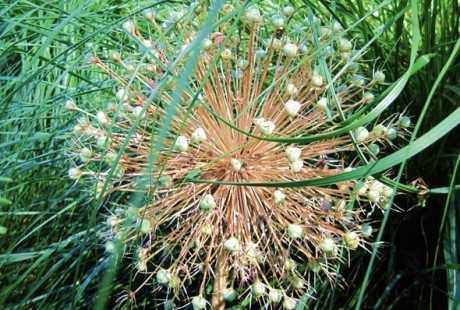gardening by the moon
Gardening by the moon is a bit of a contentious subject among farmers and gardeners; some swear by it and find it very useful in their practice while others dismiss it as total hooey. I haven’t tried it yet, so I’m only talking about it in the abstract.
The basic tenet behind the practice is that the moon’s gravitational pull helps draw sap upwards during the waxing phase and allows it to pool below ground during the waning phase. For this reason, the time of the waxing moon is considered favorable for planting crops that are cultivated for their areal parts, with the phase before the first quarter being best for leafy vegetables and seed starting and the phase between the first quarter and the full moon the most auspicious for transplanting seedlings, especially for plants that are cultivated for their flowers and fruit.
During the full moon culinary and medicinal herbs are at the peak of their potency and flavor, so this is the recommended time to harvest them. Harvesting can be done literally under the moonlight or, more commonly, in the morning, after the dew has dried.
During the waning moon and before the last quarter all plants grown for their roots will be at their best and therefore it is a good time for both planting and harvesting radishes, onions and potatoes, and also, for planting flower bulbs.
The second half of the waning moon, between the last quarter and the new moon, is the plants’ time to rest and replenish their energy reserves. Lunar gardening recommends to avoid disturbing them in any way. No planting or seed starting is to be done at this time. Use this time to improve the soil and get rid of the weeds instead.




 Previous Post
Previous Post Next Post
Next Post




